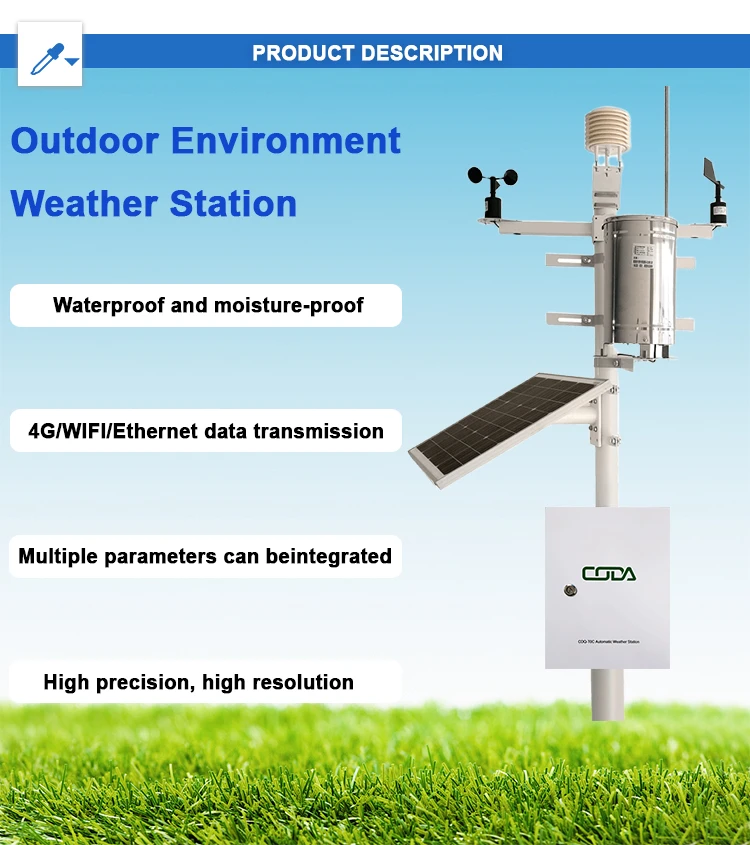
# Advantages and Disadvantages of Automatic Weather Stations
Automatic Weather Stations (AWS) have revolutionized the way meteorological data is collected and analyzed. These systems provide real-time weather information with minimal human intervention, making them invaluable for various industries. However, like any technology, AWS comes with its own set of advantages and disadvantages. This article explores both sides to help you understand their impact on weather monitoring.
## Advantages of Automatic Weather Stations
### 1. **Real-Time Data Collection**
One of the most significant benefits of AWS is their ability to provide real-time weather data. Unlike traditional weather stations that require manual readings, AWS continuously monitors and transmits data, ensuring up-to-date information for forecasting and research.
### 2. **Reduced Human Error**
Since AWS operates autonomously, it minimizes the risk of human error in data collection. This leads to more accurate and reliable weather reports, which are crucial for sectors like agriculture, aviation, and disaster management.
### 3. **Cost-Effective in the Long Run**
While the initial setup cost of an AWS can be high, it reduces long-term operational expenses. Manual weather stations require frequent maintenance and personnel, whereas AWS systems are designed for durability and require minimal upkeep.
### 4. **Remote Accessibility**
AWS can be installed in remote or hazardous locations where human access is difficult or dangerous. This allows for comprehensive weather monitoring in areas that were previously inaccessible.
### 5. **High Precision and Consistency**
Advanced sensors in AWS ensure high precision in measuring parameters like temperature, humidity, wind speed, and rainfall. The consistency of data collection helps in creating reliable weather models and forecasts.
## Disadvantages of Automatic Weather Stations
### 1. **High Initial Investment**
The cost of purchasing and installing an AWS can be prohibitive for small organizations or developing countries. The advanced technology and sensors required for accurate readings contribute to the high price.
### 2. **Dependence on Power Supply**
AWS relies on electricity or solar power to function. In areas with unstable power supplies, the system may fail, leading to gaps in data collection. Backup solutions like batteries can mitigate this but add to the cost.
### 3. **Maintenance Challenges**
Although AWS requires less maintenance than manual stations, technical issues can arise. Sensor malfunctions or communication failures may require specialized personnel to fix, which can be a challenge in remote locations.
### 4. **Limited Flexibility**
AWS systems are programmed for specific tasks and may lack the flexibility to adapt to unique or unforeseen weather conditions. Manual stations, on the other hand, can be adjusted on the fly by experienced meteorologists.
### 5. **Data Transmission Issues**
In areas with poor network coverage, transmitting data from AWS to central servers can be problematic. This can delay weather updates and affect the accuracy of forecasts.
## Conclusion
Automatic Weather Stations offer numerous advantages, including real-time data collection, reduced human error, and remote accessibility. However, they also come with drawbacks such as high initial costs, dependence on power, and maintenance challenges. Understanding these pros and cons is essential for organizations looking to invest in AWS technology. By weighing these factors, stakeholders can make informed decisions to optimize their weather monitoring systems.
